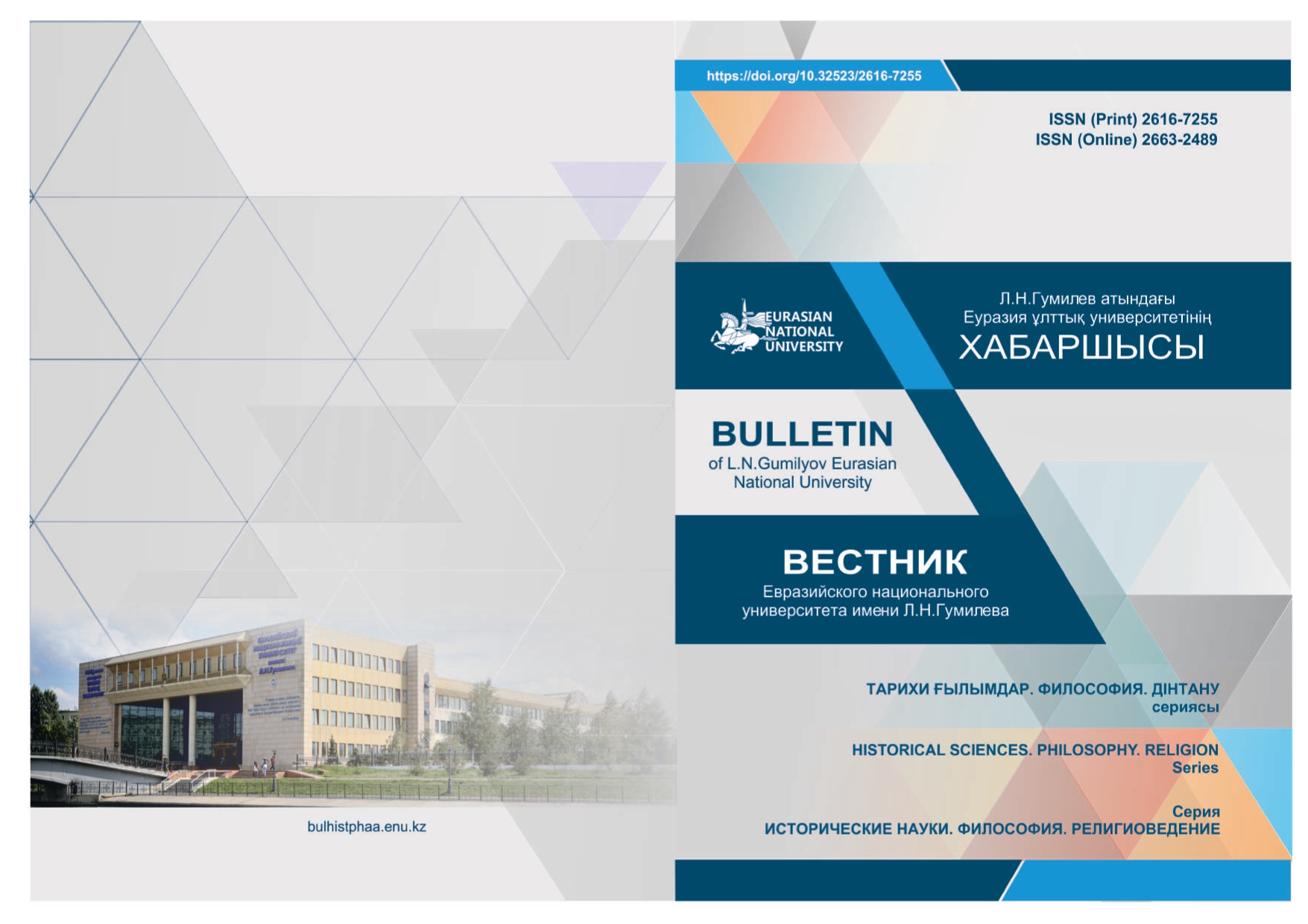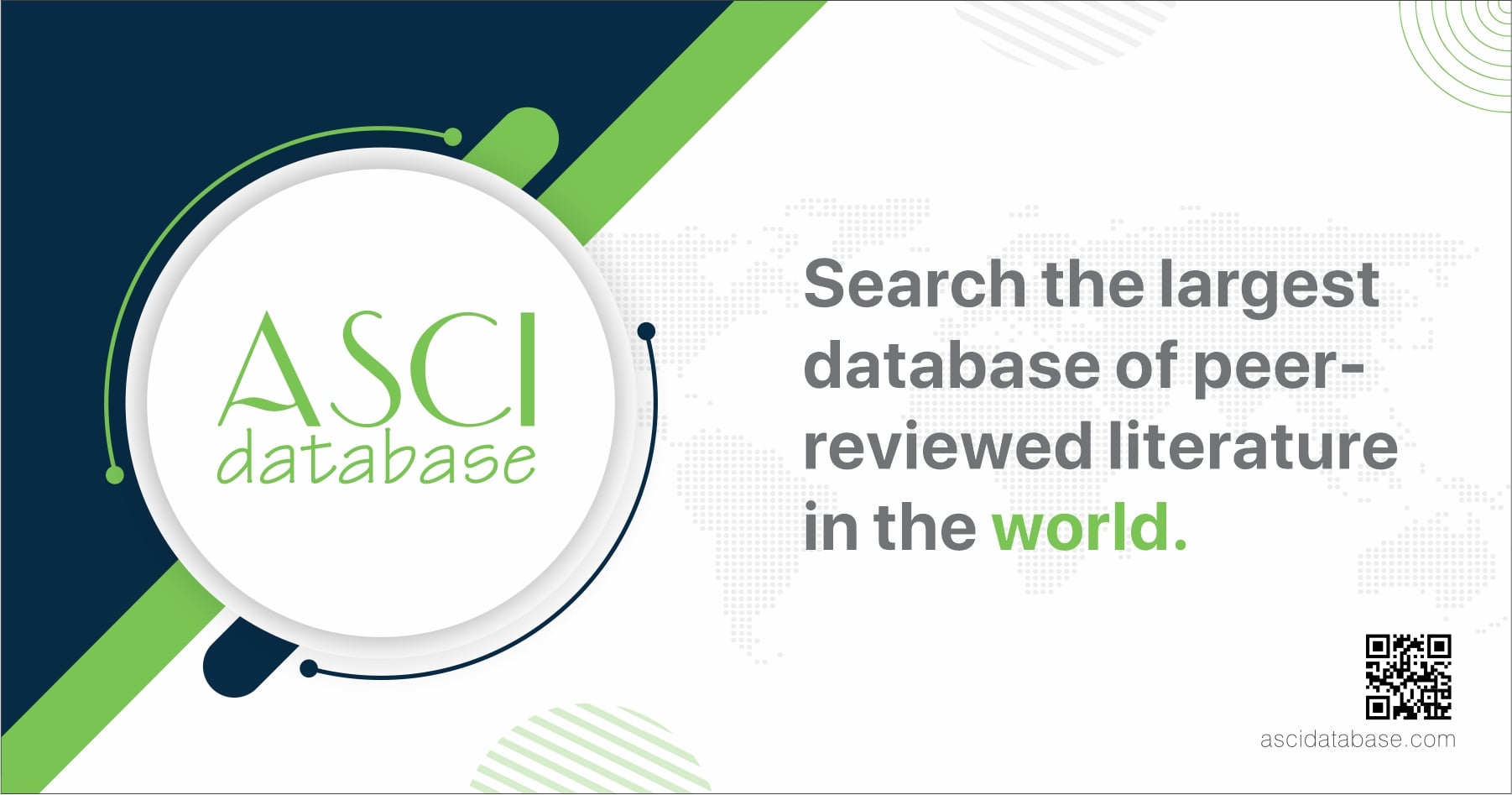«Us and them» in mythopoetic world of Turks: otherness as a sign of belonging to the other world
Views: 228 / PDF downloads: 314
DOI:
https://doi.org/10.32523/2616-7255-2023-143-2-74-85Keywords:
otherness; Turks; «us- them»; binary opposition; visual image; evil; “inverted symmetry”; border; semiotics; human.Abstract
In culture there is a universal phenomenon - the opposition "us - them", which has become one of the most important elements in the formation of ideas about the binary structure of the world. This opposition in the mythical thinking of Turkic peoples reflects the concept of "us" and "them", the interaction of man with nature, with the "wild" space. To the "wild" space belonged the underworld, where all evil lived. To avoid the harmful influence of underworld inhabitants, Turks have created all kinds of markings of "own" territory and visual code of "own" person. In this work, the author tries to understand the visual characteristics (symbols) of "us" human and "them" to clarify some traditional taboos on interaction with people with physical disabilities. Based on the oral tradition and prohibitions of Turkic peoples, the article describes visual images of "us" and "them" in Turk folklore. The application of structural-semiotic and comparative methods makes it possible to consider the visual image of a person as the main criterion of "normality" in the traditional culture of the Turks. The modern interpretation of some prohibitions does not find a logical explanation, which is due to the fact that cultural oblivion is a pressing problem in traditional etiquette at all times, as the original ideas lose their original meaning due to the influence of new times and are combined with a new interpretation, which leads to a distortion of the perception of culture. Therefore, the study of the cultural code of Turkic peoples is an important stage in rethinking the traditions and their iconic content.
Downloads

Downloads
Published
Issue
Section
License
Copyright (c) 2023 Dinara K. Saikeneva

This work is licensed under a Creative Commons Attribution-NonCommercial 4.0 International License.







